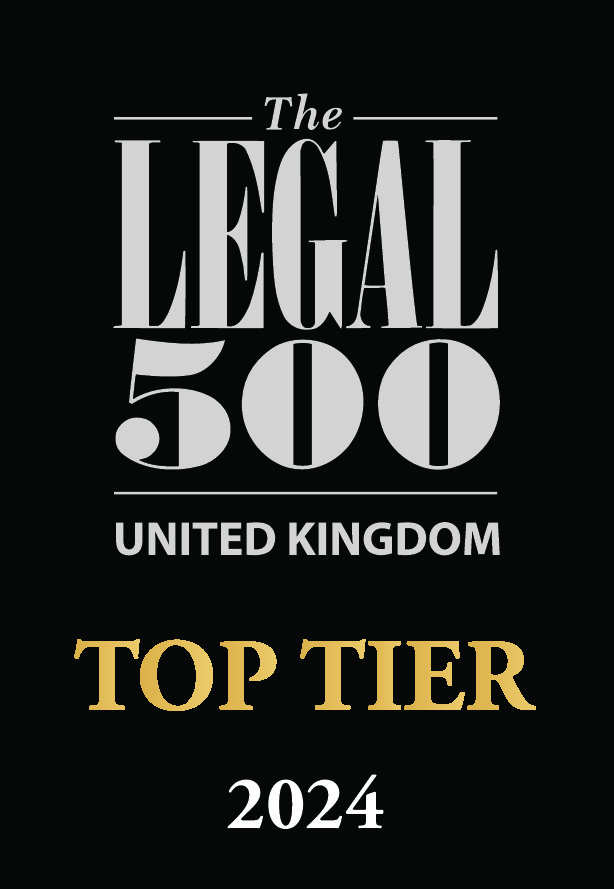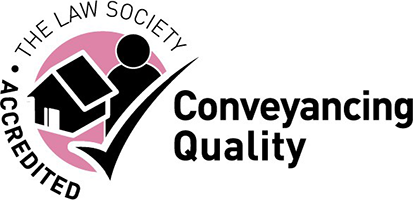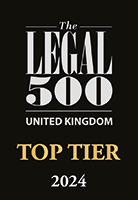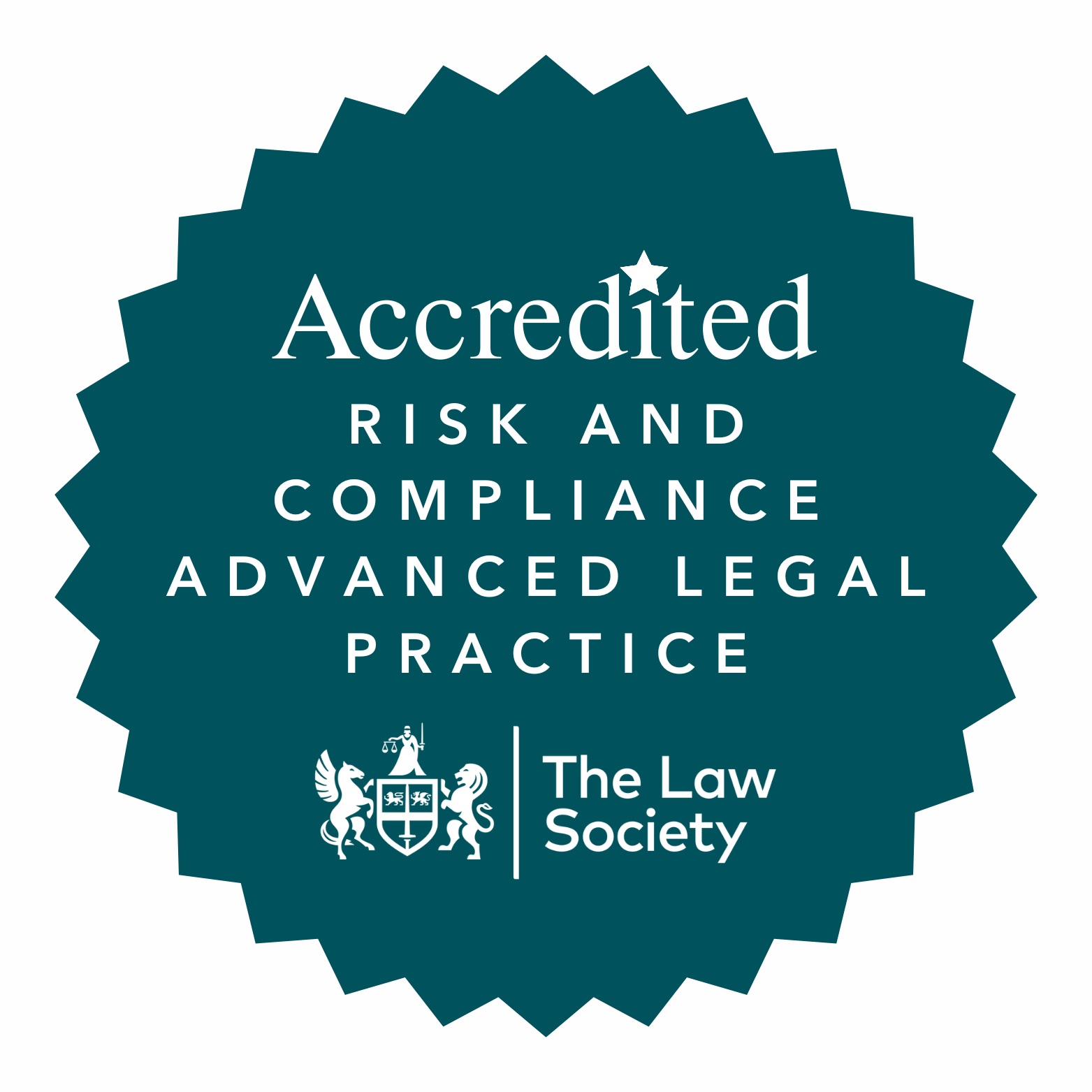The Building (Amendment) Regulations 2018
Following the terrible events of the tragedy at Grenfell Tower on 14th June 2017, the Government launched a consultation, beginning on 17th May 2018 and ending on 14th August 2018, on the banning of combustible materials in high-rise residential buildings in England. This consultation followed Dame Judith Hackitt’s Independent Review of Building Regulations and Fire Safety and the failure to recommend such a ban.
The previous Building Regulations 2010 (as amended) required that external walls on all buildings should adequately resist the spread of fire over the walls and from one building to another.
Dame Hackitt’s review had identified serious failings with the construction industry and the regulatory system and had proposed a radical approach to address these failings. However, the reform of scale envisaged by Dame Hackitt would have taken a long time and the Government, following the public’s concern, considered that immediate action was needed.
The Government’s preferred approach was to amend the Building Regulations. These amendments would include an express prohibition on using combustible materials, any breach of this could result in prosecution in the magistrates court, which has the power to impose an unlimited fine for such breaches.
Following the consultation, on 29th November 2018, the amended regulations (The Building (Amendment) Regulations 2018 (SI 2018/1230) were laid before Parliament. These new Regulations impose an outright ban on the use of combustible materials in the external walls of high-rise residential buildings. These regulations came into force on 21st December 2018 and apply to the following categories:-
- all new residential buildings above 18 metres in height; and
- new dormitories in boarding schools, student accommodation, registered care homes and hospitals above 18 metres.
The ban will also extend to materials used on attachments to external walls, such as balconies, solar panels and sun shading.
The ban will not have any retrospective effect – it will not apply to existing high-rise residential buildings. However the ban will apply where building work is a “material change of use” which would bring the existing building into one of the above categories.
There will be a transitional period which means that the ban will not apply where a building notice or initial notice has already been given, or full plans were deposited before 21st December 2018, but only if building work had already started or starts within two months of that date.
As The Hackitt Review of Building Regulations and Fire Safety was highly criticised, the ban has come as no surprise.
The Government has also commissioned for testing to be carried out on a wider range of exterior cladding materials used on high-rise residential buildings, and not just of the type used on the Grenfell Tower.
The announcement of the ban gives the Government’s full backing to local authorities to enable them to carry out emergency work on affected private residential buildings which contains the unsafe materials. This may include financial backing, although local authorities will be expected to recover the cost from building owners. This financial backing is not however mentioned in the Regulations. This may simply indicate support for local authorities in using their exiting powers relating to unsafe buildings, including those afforded by the Building Act 1984.
For more information, please contact Stephen Lunt.







